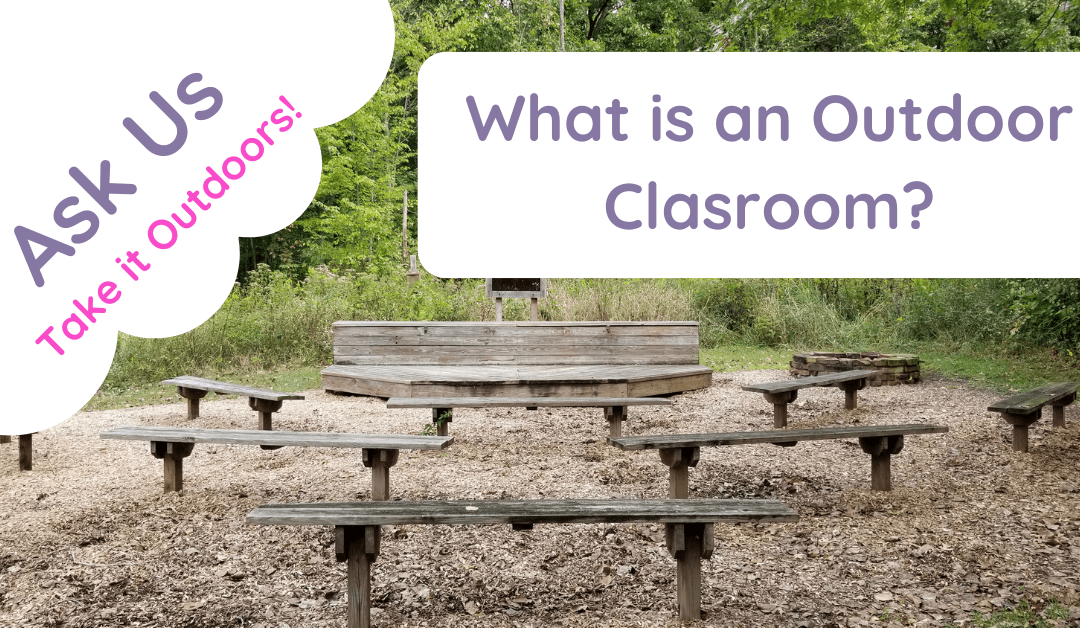What Is an Outdoor Classroom?
An outdoor classroom is a designated outdoor space where educators conduct lessons and activities, integrating the natural environment into the learning process. This innovative approach to education utilises the outdoors to create dynamic, hands-on learning experiences that engage students in ways that traditional indoor classrooms often cannot. Outdoor classrooms can encompass a variety of settings, from gardens and woodlands to school grounds and parks, providing versatile and enriching environments for all subjects. In this blog post, we will explore what an outdoor classroom is, its benefits, and how to effectively implement it in educational settings.
Understanding the Concept of an Outdoor Classroom
An outdoor classroom extends the traditional classroom environment to the outdoors, transforming natural spaces into vibrant educational settings. Lessons in outdoor classrooms often involve hands-on activities, exploration, and interaction with the natural world. This approach encourages students to learn through experience, fostering a deeper connection with the subject matter and the environment.
External Resource: Learning Through Landscapes – Outdoor Classrooms
Benefits of an Outdoor Classroom
1. Enhanced Engagement
The natural environment stimulates curiosity and interest, making learning more engaging for students. Outdoor classrooms provide a refreshing change from the traditional indoor setting, capturing students’ attention and enthusiasm.
External Resource: Edutopia – The Benefits of Outdoor Learning
2. Hands-On Learning
Outdoor classrooms facilitate experiential learning, allowing students to engage in practical, hands-on activities. This method helps students grasp complex concepts through direct experience.
External Resource: Harvard Graduate School of Education – Experiential Learning
3. Improved Wellbeing
Being outdoors promotes physical activity and reduces stress, contributing to overall wellbeing. The natural setting can enhance mood, reduce anxiety, and improve mental health.
External Resource: National Geographic – The Benefits of Getting Kids Outside
4. Environmental Awareness
Outdoor classrooms foster a connection with nature and teach students about environmental stewardship. Students learn to appreciate and care for the natural world, promoting sustainability and conservation.
External Resource: WWF – Connecting Kids with Nature
5. Enhanced Social Skills
Group activities and collaborative projects in outdoor settings encourage teamwork and communication. Students develop social skills by working together and solving problems as a group.
External Resource: Education Endowment Foundation – Collaborative Learning
Implementing an Outdoor Classroom
1. Planning and Preparation
Identify a suitable outdoor space that is safe and accessible. Consider the types of activities you plan to conduct and ensure the area meets those needs.
External Resource: Outdoor Classroom Day – Planning Your Outdoor Classroom
2. Curriculum Integration
Integrate outdoor learning into your existing curriculum. Plan lessons that utilise the outdoor environment to teach various subjects, such as science, maths, art, and literacy.
External Resource: Scholastic – Integrating Outdoor Learning
3. Safety Considerations
Establish clear safety guidelines for outdoor learning. Ensure that students are aware of the rules and that the outdoor space is regularly inspected for potential hazards.
External Resource: NSPCC – Outdoor Safety Tips
4. Resources and Materials
Gather materials and resources needed for outdoor lessons. This might include portable seating, weather-appropriate clothing, and tools for specific activities.
External Resource: Eco-Schools – Outdoor Learning Resources
5. Engaging Activities
Plan a variety of engaging activities that make the most of the outdoor environment. Incorporate sensory experiences, physical activities, and explorations of natural phenomena.
External Resource: Project Learning Tree – Outdoor Learning Activities
Practical Activities for an Outdoor Classroom
1. Nature Walks
Activity: Take students on nature walks to observe and document local flora and fauna. This activity can be linked to lessons in science, geography, and art.
External Resource: National Wildlife Federation – Nature Walk Activities
2. Outdoor Science Experiments
Activity: Conduct science experiments outdoors, such as studying plant growth, observing weather patterns, or examining soil samples.
External Resource: Science Sparks – Outdoor Science Experiments
3. Maths in Nature
Activity: Use natural materials like leaves, stones, and sticks to teach maths concepts such as counting, symmetry, and measurement.
External Resource: Maths Outdoors – Maths Activities
4. Art and Creativity
Activity: Encourage students to create art using natural materials. Activities can include making leaf collages, painting landscapes, or building sculptures.
External Resource: The Art of Education – Nature Art Projects
5. Literacy and Storytelling
Activity: Use the outdoor setting for storytelling sessions or creative writing exercises. Students can write poems, stories, or journal entries inspired by nature.
External Resource: Reading Rockets – Outdoor Literacy Activities
Recommended Resources from Muddy Puddle Teacher
To support the implementation of outdoor classrooms, Muddy Puddle Teacher offers a variety of resources:
- Outdoor Learning Guides
- Environmental Education Resources
- Health Benefits of Outdoor Learning
- Sustainable Classroom Activities
- Teamwork Activities
Conclusion
An outdoor classroom is a powerful tool for enriching education, offering numerous benefits that enhance learning and wellbeing. By integrating the natural environment into teaching, educators can create engaging, hands-on experiences that foster a love for learning and a deeper connection with the world around us. Implementing an outdoor classroom requires careful planning, but the rewards for students’ academic and personal development are well worth the effort. Embrace the outdoors and transform your educational approach with an outdoor classroom.


